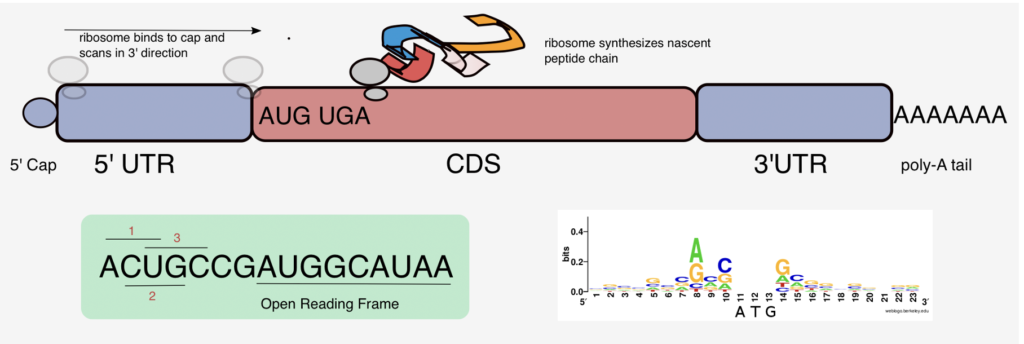Our climate in the next thirty years will not look the same as today, and that’s exactly why our energy systems will also soon look completely different. Energy systems are the big umbrella of how and where we create electricity, how we transport that electricity, and how we use electricity. We’re discussing the past and the future of our energy environment with Emily Richardson, a Masters of Engineering student in the Energy Systems Program.
When our energy infrastructure was originally built, energy generation, transport, and usage was a one-way street. Utility companies made or acquired the electricity, built poles and wires to transport that electricity to then be used in homes and businesses. Although that infrastructure was only made to last 50 years, many are pushing 100 years of operation.
“If it ain’t broke, don’t fix it” some might say, but we’re not living in the same energy reality when the infrastructure was originally built. For in-depth visuals of our energy generation and usage, we recommend viewing Lawrence Livermore National Labs. Now we have a different energy portfolio (e.g. wind and solar) but there’s also a two-way street of electricity movement that is required. Rooftop solar helps power individual homes, but when zero to little energy is being used in-house and it’s sunny outside, that excess energy generation on your rooftop moves back upstream and can fulfill energy needs in other places. A two-way street is quickly being paved. It’s worth remembering that energy is on demand, meaning we only make exactly as much energy as what’s being used. If there is excess generation in a highly distributed way (i.e. home solar panels) it adds another level of complexity to our energy systems because there is no “overflow” valve for electricity.
Imagine if your toilet, that slowly moves water in one direction, was suddenly expected to move water in the other direction and back and forth as quick as the speed of light? Yikes indeed. City-wide plumbing infrastructure was bult to accommodate the most extreme events like the Super Bowl flush (when everyone in the city/state/country runs to the bathroom at halftime). While it’s an extreme circumstance, the infrastructure was built to prepare for it, and it works! But our energy systems were hardly made for this kind of reverse movement of energy, especially on a large scale as more people install rooftop solar.
Beyond the two-way street, there’s also rush hour to worry about. The UK is known for their tea; at a specific time after a popular TV show ends about one-million teakettles get turned on simultaneously. Without planning and foresight this would lead to an electricity shortage and people losing power. But the UK government imports 200-600 megawatts of energy, sometimes coming from a hydroelectric dam and/or nuclear energy, to accommodate their hot tea requirements. It’s surprisingly complicated to move this much power all at once, but with strategic planning there are solutions!
Everything in the energy world is physically connected. Even if the poles and wires and outlets are hidden behind walls there’s an immense amount of planning and design that you will never see because if infrastructure is working well, you can accidently forget its existence. When it fails, it can fail catastrophically. The 2020 Holiday Farm Fire in Oregon was initiated by downed powerlines, and the 2018 Paradise Fire in California was also initiated by malfunctioning powerlines. There are a multitude of reasons why those fires were especially damaging (location of ignition, exceptionally dry fuels, extreme wind events, drought and insect stressed trees, too many trees per acre, etc.), and why wildfires will get worse in the future (rising temperatures and changing precipitation patterns).
But our collective future requires energy, a lot of it, to be efficiently distributed and stored that requires a radical shift in our hardware, software, and maybe even our philosophy of energy usage. You don’t want to miss the discussion with Emily who will give us the deep dive on how we arrived at our energy reality and what our energy future will need to look like. This conversation is happening at 7pm on KBVR 88.7 FM, but you can also listen via the podcast feed.

Additional Notes
On air we mentioned a few resources that can provide more deep dives! The first is the Energy Gang Podcast that focuses on energy, clean technology, and the environment. The Big Switch Podcast is a five-part series on how the power grid works and how upcoming changes to the gird can help society. The Volts Podcast is an interview based show untangling our messy climate future and hopeful energy transitions. Emily mentioned a presentation titled Imagining a Zero Emissions Energy System.








